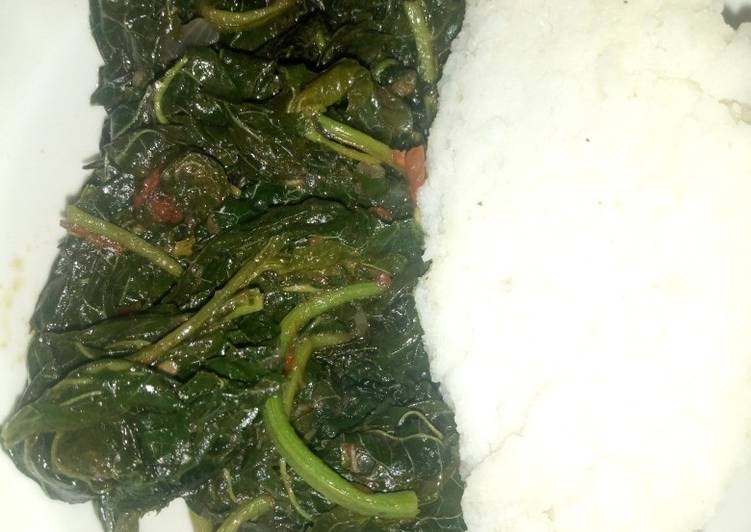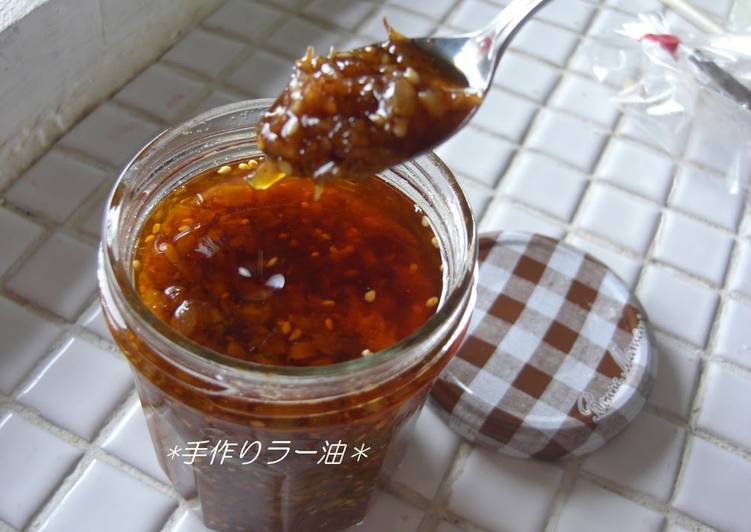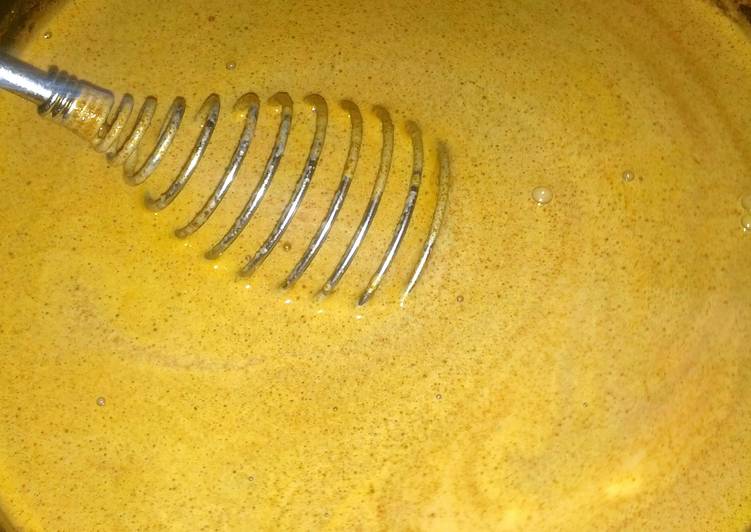
Hello everybody, I hope you are having an incredible day today. Today, I’m gonna show you how to prepare a special dish, terere (kienyeji). It is one of my favorites. This time, I am going to make it a little bit tasty. This will be really delicious.
Local Names: Terere, Mchicha in Swahili, Ododo in Luo, Sikukuu or Chepkuratian in Pokot, Lookwa or Epespes in Turkana, and Ekwala in Teso. Local Names: Terere, Mchicha in Swahili, Ododo in Luo, Sikukuu or Chepkuratian in Pokot, Lookwa or Epespes in Turkana, and Ekwala in Teso. See recipes for Super Delicious Green Mbaazi Stew With Garlic Spinach And Terere too.
Terere (kienyeji) is one of the most popular of recent trending meals in the world. It is easy, it’s fast, it tastes delicious. It is appreciated by millions every day. They are fine and they look wonderful. Terere (kienyeji) is something that I’ve loved my whole life.
To begin with this particular recipe, we must first prepare a few components. You can have terere (kienyeji) using 4 ingredients and 1 steps. Here is how you can achieve that.
The ingredients needed to make Terere (kienyeji):
- Get 3 bunches terere
- Make ready 1 onion
- Prepare 1 large tomato
- Take 2 table spoon cooking oil
Amaranthus (Amaranth) or as locally known, Terere, is a highly nutritious vegetable that's cultivated and consumed as a leafy vegetable in many parts of the world not just Kenya. It's easy to grow, matures fast and grows vigorously. There are many species of Amaranth with some green and others red in colour. We have them in two options.
Instructions to make Terere (kienyeji):
- In a sufuria of hot cooking oil add in onion and tomato let them cook then add in your kienyeji and mix and let them cook for 5 mins and remove serve with ugali or rice
Either straight from the farm (as-is), or pre-made (ready to cook). We pre-make for you (kudondoa) so that for those with busy lifestyles, you can make a quick meal upon delivery. Production of traditional African vegetables is mainly on a subsistence basis. These vegetables are often intercropped and rarely occupy a significant proportion of the farm. We specialize in kienyeji vegetables and other kienyeji range of foods.
So that’s going to wrap this up for this special food terere (kienyeji) recipe. Thanks so much for reading. I am sure that you will make this at home. There is gonna be interesting food in home recipes coming up. Don’t forget to save this page on your browser, and share it to your family, colleague and friends. Thanks again for reading. Go on get cooking!


